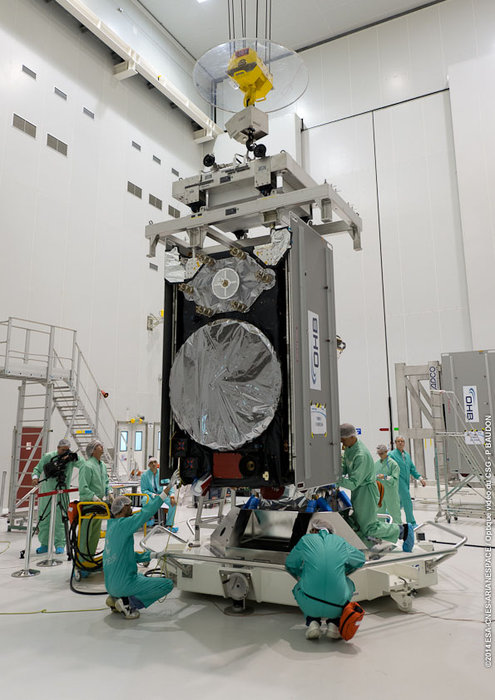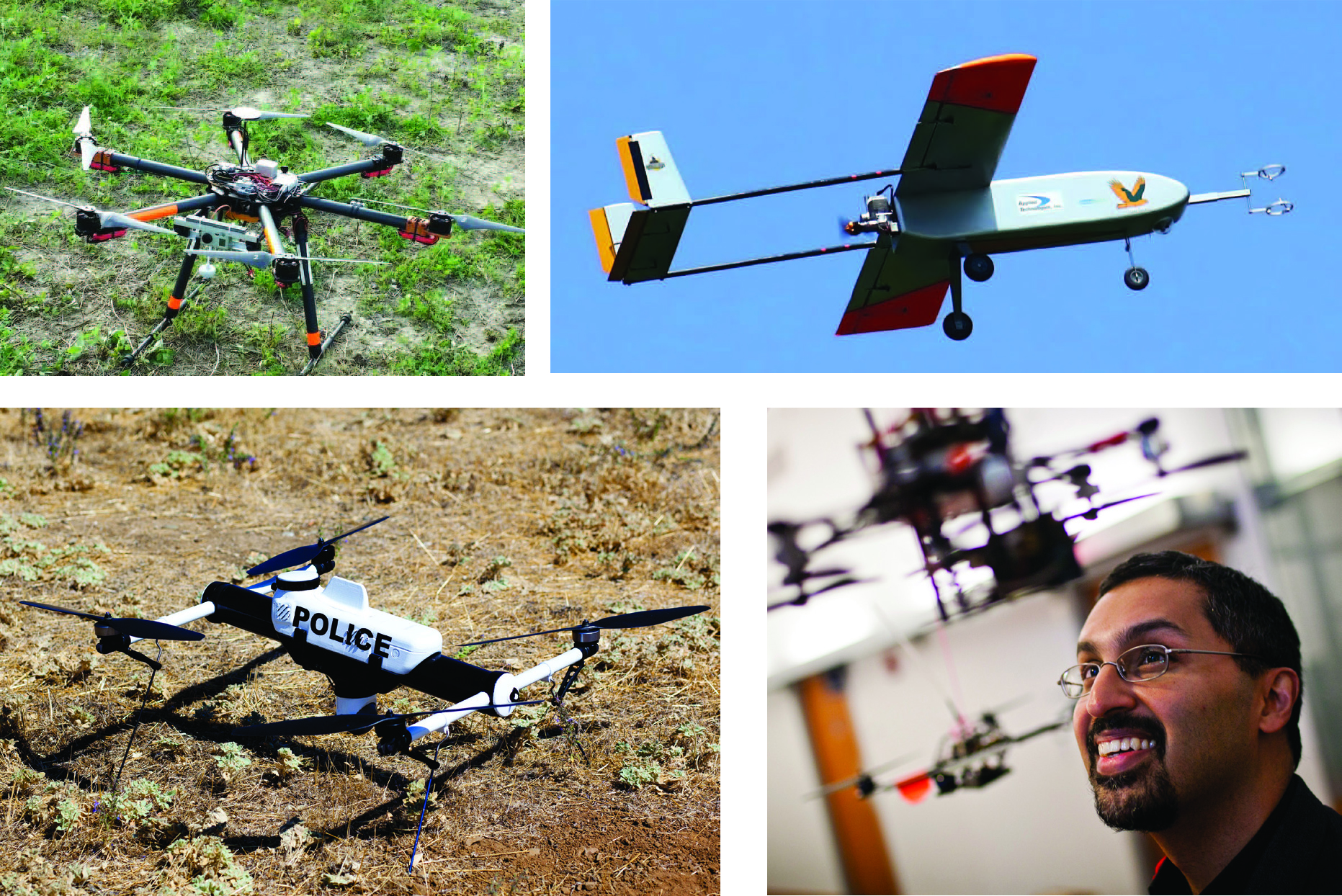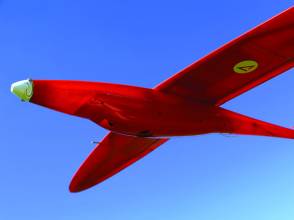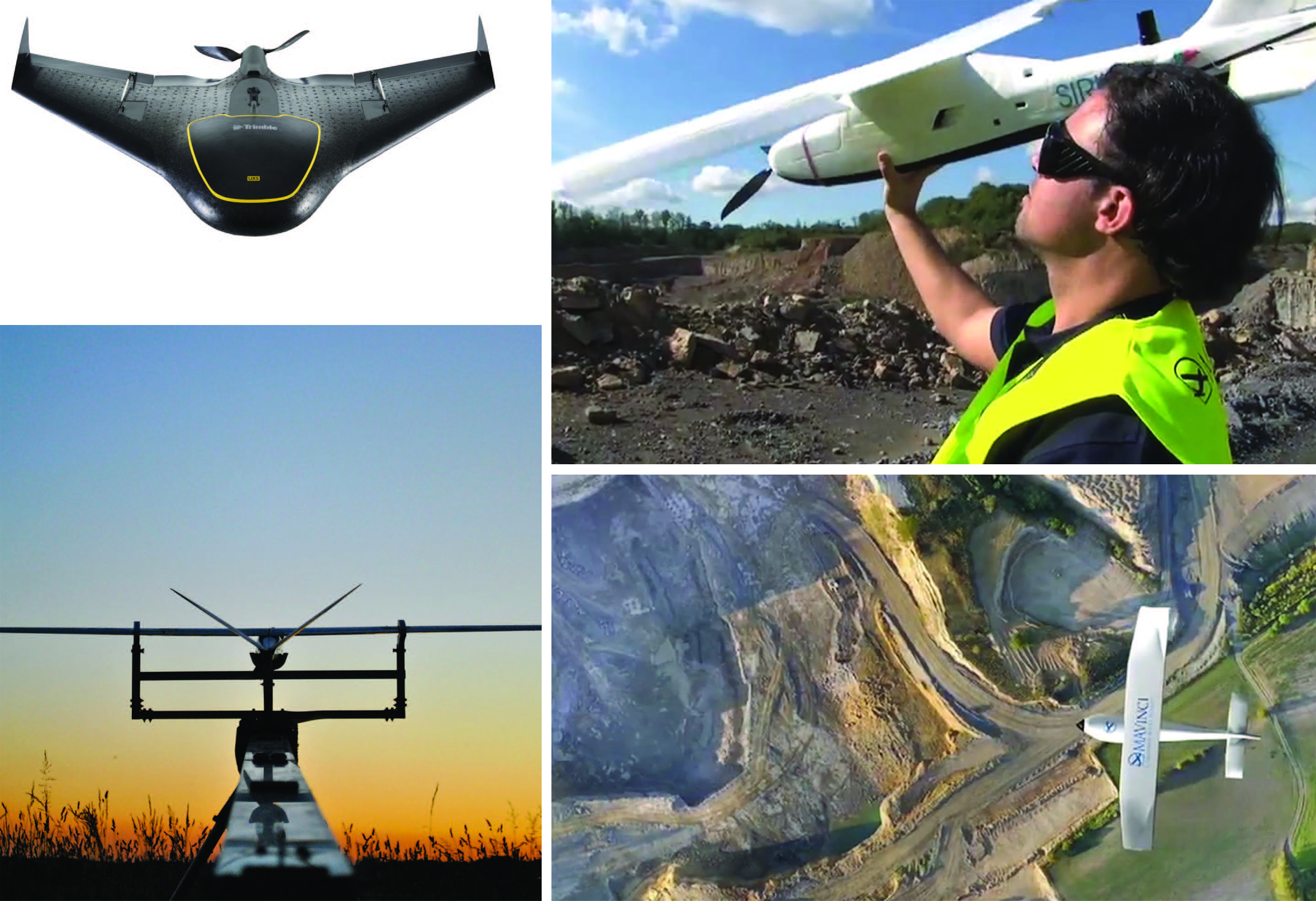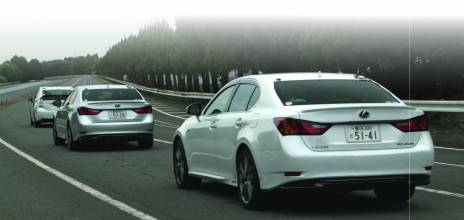Gen. John E. Hyten Interview: New AFSPC Commander Takes a Look at the GNSS Future
 Gen. John Hyten. USAF photo
Gen. John Hyten. USAF photoAs the new commander of Air Force Space Command (AFSPC) Gen. John E. Hyten is responsible for all the service’s space programs including the Global Positioning System.
By Inside GNSS









